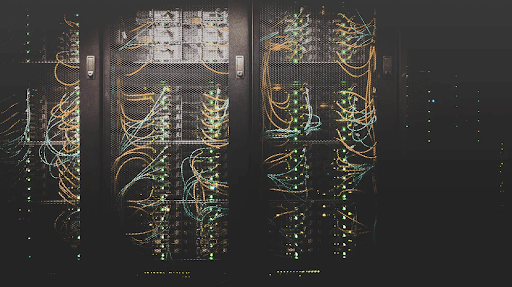As business needs keep growing, they should adjust their data center to guarantee regular uptime to save on downtime costs. Thus, different data center infrastructure management (DCIM) tools have emerged to assist operations managers in managing their more complex tasks better.
DCIM tools allow operations managers to track information concerning network hardware, storage, cost of servers and energy consumption, and other IT-related equipment. Also, data center infrastructure management tools assist in improved control and management of the facility’s infrastructure elements, including computer room cooling systems and power distribution units, and also help incorporate sensors and software for real-time monitoring across systems. This is meant to improve efficiency and data center management while lowering costs.
Contents
Benefits of DCIM Helps Increase Resource Utilization
Usually, data centers have many under-used servers, which results in wasted resources. But, virtualization, a significant factor necessitating the need for facility and data management, can help increase the utilization of resources.
Virtualization is the development of a virtual resource, like an operating system or a file, which can be used to develop a prototype of potential improvements on current workloads. It also allows managers to budget for what they require for the changes to see how they will help the facility make the best choices.
Helps Regulate Energy Consumption
Data storage centers use a lot of power, which affects the country in general. Therefore, operations managers should always consider ways to regulate energy consumption to profit for the environment and facility and sustain regulatory requirements. Facility and data management tools give operations managers an essential understanding of their energy use. By doing this, managers can control their costs and consumption more efficiently by making crucial equipment changes to increase efficiency.
It Minimizes the Number of Downtime Occurrences
Power outages threaten availability, which makes them an issue for operations managers. In most cases, the information technology department depends on service level agreements to avert the probability of downtime, but it only raises the pressure.
But, facility and data space management tools, for example, work order software for facility maintenance, can help keep managers on the lookout for downtime threats by notifying them of potential infrastructure issues before their occurrence. This way, managers can take appropriate action to avert any problems emerging for continuous uptime.
What to Consider Before you Incorporate Data Space and Facility Management into your Business
Data spaces are embedded in different technologies, but managing them can be a real challenge. Until recently, there were only three monitoring and management tools suppliers: IT management vendors, hardware and system vendors, and infrastructure and data station vendors. Nonetheless, there is also the probability for facility and data station management tool vendors. It’s worth mentioning that other prominent groups are also beginning to add their range of products.
So, what does this mean for operations managers? First, they should understand the critical requirements of their facility and data space. Then, they should look at the numerous management solutions provided to establish working tools and if and how they can be integrated with their current devices. Furthermore, they should anticipate how the solutions can change eventually to go for a solution that continues to satisfy their needs.
Nevertheless, the final decision lies with the IT department controlling the data space internal infrastructure and the facility that controls the workspace’s physical components to share information and cooperate toward the same objective of developing an optimized facility. This can be achieved through facility and data station management tools.
However, many analysts agree that operations managers should not ignore the power of facility and data space management tools to create a genuinely efficient workplace and not use different software. So as analysts warn about doing sufficient research before going for facility management and data solution tools, they also advise that companies that are not initiating measures to acquire such tools risk a chance of not growing in the future.




